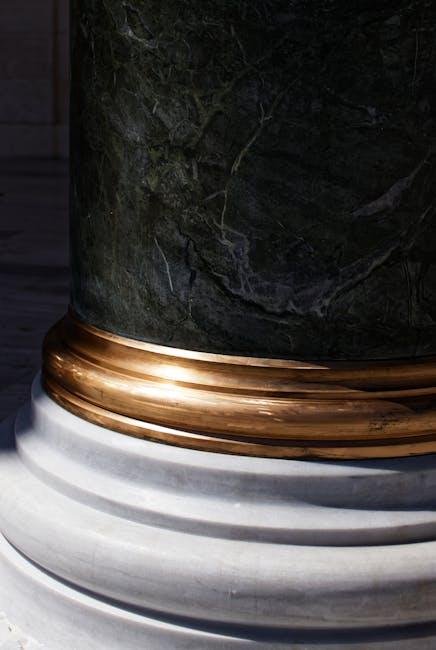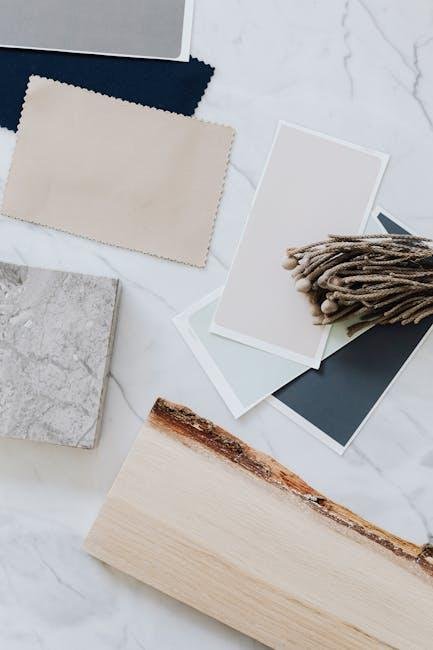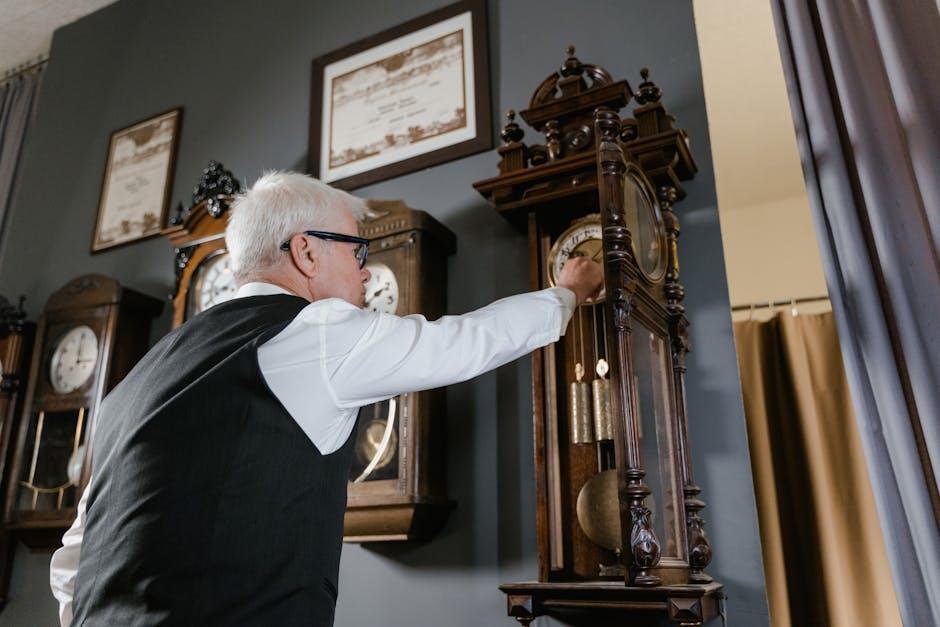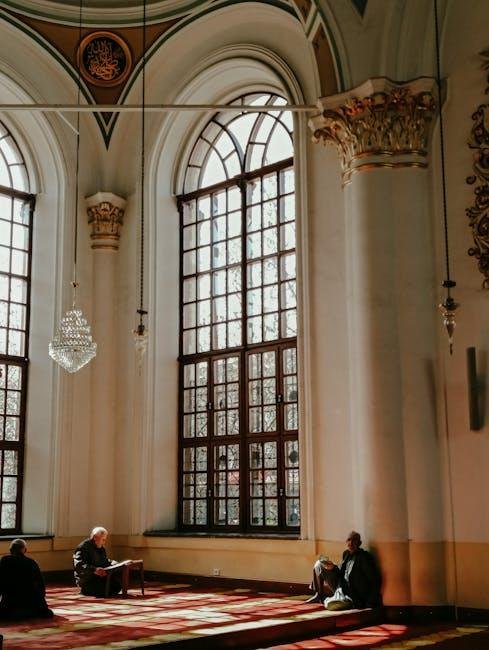In the realm of interior design, few styles evoke a sense of nostalgia and charm quite like a vintage living room. With its rich history and eclectic elements, this aesthetic invites you to explore the art of layering textures—a technique that transforms a space into a warm and inviting sanctuary. Imagine the tactile delight of a plush velvet sofa paired with crisp linen curtains, or the interplay of worn leather and aged wood against the backdrop of soft carpets and intricate rugs. Layering textures not only adds depth and visual interest but also tells a story, weaving together memories of the past with the comforts of the present. In this article,we’ll delve into the principles of texture layering,offering insights and inspiration for creating a vintage living room that feels uniquely yours. Whether you’re a seasoned decorator or a curious novice, join us on this journey to enhance the character and warmth of your space, one layer at a time.
Exploring the Foundation: Selecting the Right Base Textures
Selecting the right base textures is essential for creating a harmonious vintage living room. Natural materials like wood, linen, and cotton not only evoke a sense of nostalgia but also provide a warm and inviting atmosphere. Consider incorporating elements such as:
- Distressed wood furniture: The character of weathered finishes adds authenticity.
- Linen throw pillows: Soft textures bring comfort while showcasing subtle patterns.
- Woven baskets: Use these for both storage and decorative accents, adding depth to the space.
To enhance the vintage feel, pay close attention to the color palette of these base textures. Opt for muted tones and earthy shades that complement the vintage aesthetic. A well-chosen foundation will set the stage for layering additional textures,such as:
| Texture Type | Recommended Colors |
|---|---|
| Velvet | Rich burgundy,deep emerald |
| Chenille | Soft mustard,dusty rose |
| Lace | Ivory,cream |

The Art of Contrast: Combining Soft and Hard Elements
In a vintage living room, the interplay of soft and hard elements creates a compelling visual dialog that speaks volumes about style and comfort. To master this art,consider incorporating materials and textures that contrast yet complement each other. For instance, juxtaposing a plush velvet sofa against a weathered wood coffee table can create a striking focus point. Add brass accents through lamps or picture frames to introduce a hint of sheen, enhancing the layered effect. Consider these elements in your decor:
- Furniture: Vintage wooden pieces paired with modern fabrics.
- Textiles: Cozy knitted throws against sleek leather upholstery.
- Accessories: Soft ceramic vases on edgy metal stands.
Creating contrast also revolves around strategic placement. A large, patterned area rug can soften hardwood floors while adding warmth to the space. To balance this, opt for artworks or photo frames with sharp lines and bold graphics, drawing the eye and enriching the composition. A harmonious blend can be achieved by curating these contrasting elements mindfully. Consider the following combinations:
| Soft Elements | Hard Elements |
|---|---|
| Woven throw pillows | Industrial metal chairs |
| Upholstered side chairs | Rustic wooden shelves |
| Sheer curtains | Marble top coffee table |

Accent Pieces that Pop: Incorporating Vintage Décor
Incorporating vintage décor can be a delightful way to infuse character and warmth into your living room. The right accent pieces not only serve as eye-catching elements but also tell a story,enriching the overall ambiance. To make a statement,consider integrating distinctive finds such as:
- Antique mirrors: These can reflect light and create an illusion of spaciousness.
- Colorful ceramics: Display vintage vases or bowls on shelves or coffee tables for a splash of creativity.
- Textured cushions: Layering vintage fabric cushions on sofas adds comfort and elegance.
To achieve a cohesive look, ensure that your selections harmonize with your existing furnishings.Mixing materials like aged wood, brass, and vibrant fabrics can add depth to your living space. A clever way to balance the different textures is by using a visual guide. Here’s a simple overview to help you pair items effectively:
| Material | Complementary Texture |
|---|---|
| Aged Wood | Soft Linen |
| Brass Accents | Woven Textiles |
| Glass Elements | Plush Velvet |

Color harmony: Creating a Cohesive Palette with Layered Textures
Incorporating layered textures into a vintage living room can elevate your design game and create a warm, inviting atmosphere. Start by selecting a primary color palette that includes soft, muted tones such as dusty rose, sage green, and vintage blue. These colors evoke a sense of nostalgia and work beautifully together across different materials. To enhance the cohesive look, consider mixing textures from various sources:
- soft velvets for cushions
- Weathered wood for furniture
- Woven textiles for throws
- Antique brass for accents
- Vintage lace for curtains
Layering these textures not only adds depth but also emphasizes the vintage charm of your space. Be sure to balance busier patterns with simpler ones to maintain harmony throughout the room.A well-placed, vintage area rug can serve as a stunning foundation, grounding your color choices and textures.Consider a table that displays your layering strategy:
| Element | material | Texture Type |
|---|---|---|
| Cushions | Velvet | Soft |
| Furniture | Wood | Weathered |
| Throws | Cotton | Woven |
| Accent Items | Brass | Shiny |
| curtains | Lace | Delicate |
This table not only serves as a guide for selecting materials but also reinforces the importance of mixing textures in creating a harmonious vintage living room.
in Conclusion
As you embark on the journey of layering textures in your vintage living room, remember that the key lies in balance and harmony. Embrace the uniqueness that each piece brings, allowing them to tell a story intertwined with the echoes of the past.From the soft caress of a well-worn velvet throw to the rustic charm of a reclaimed wood coffee table,each texture adds depth and character to your space.
Experiment with bold contrasts and subtle nuances, blending patterns that evoke a sense of nostalgia while celebrating modern comfort. your living room should reflect your personality and experiences, a curated tapestry of your life’s memories. So, gather those cherished finds and create a sanctuary that invites warmth, conversation, and the beauty of imperfection. With each layer added, you’re not just decorating a room; you’re creating an atmosphere that resonates with authenticity and charm. Happy decorating!




